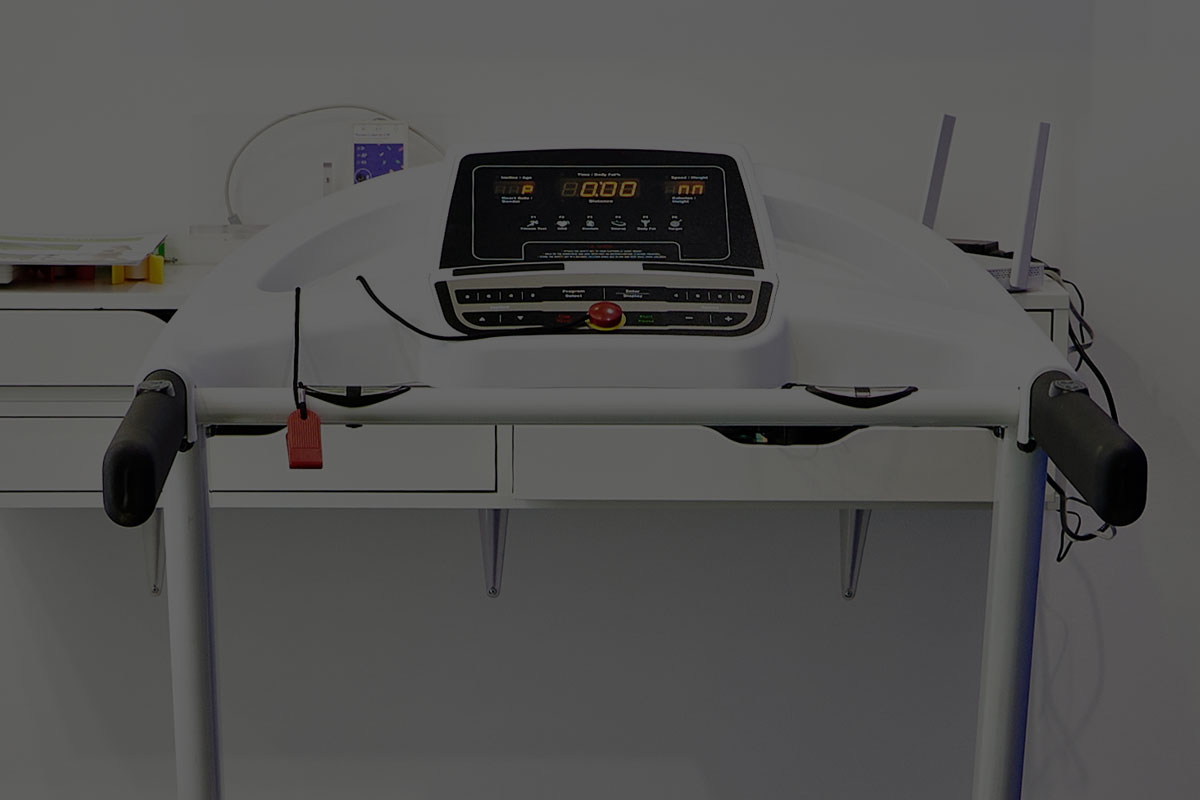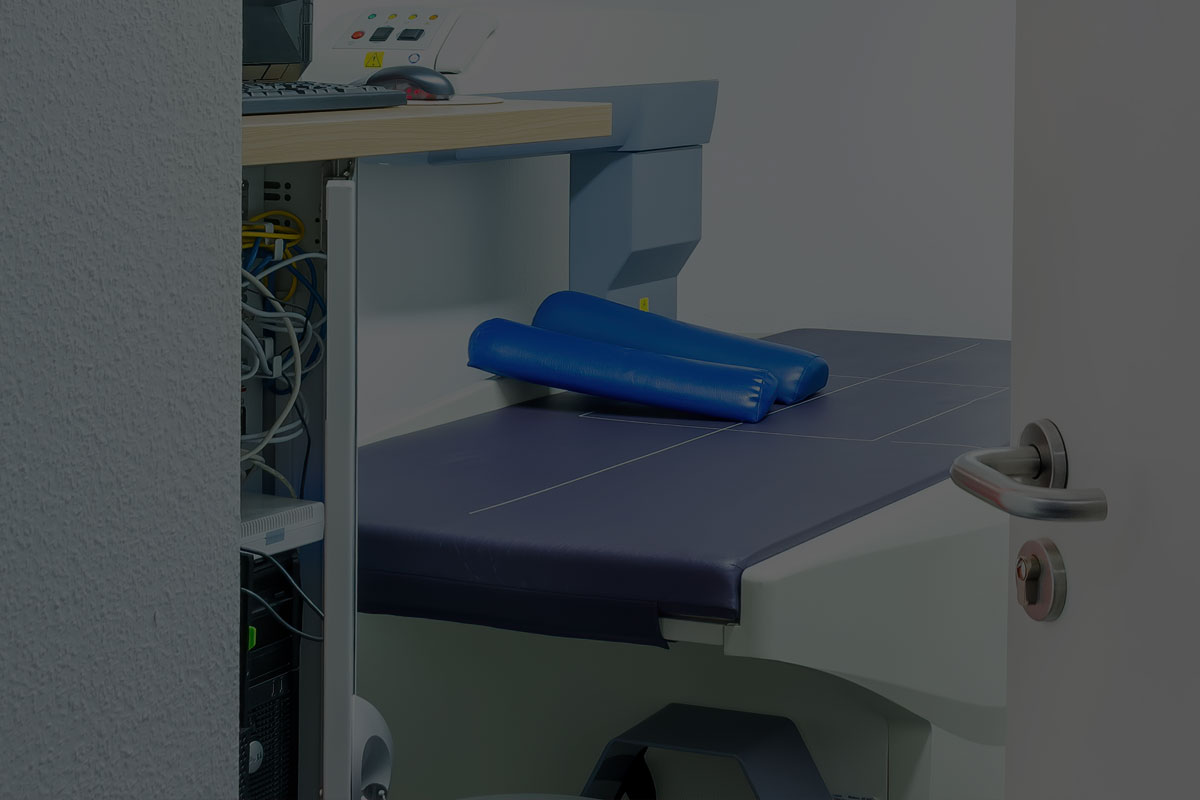Using the scales in your bathroom allows you to measure the total amount of weight lost. Whilst this can be helpful for tracking our weight, most scales do not differentiate between muscle or fat loss. There are many ways of measuring your body fat. Each have their positives and also their limitations.

A handheld bioelectrical impedance analysis machine uses small electrical signals to estimate your body fat levels. Put simply, the signal travels slower through fat than muscle. One of the main drawbacks of this tool is that it they can lack enough accuracy to be reliable.

It works by sending a low x-ray – that accounts for two compositions within your body, one calculates soft tissue and the other calculates bone. The main goal of the DXA is to provide you with an in-depth analysis of the main components of your body; fat, muscle and bone.
Although these can be relatively accurate, the main obstacle that arises with a dexa scan is cost and accessibility.

A Skin Fold Test is a method of estimating body-fat percentage by taking skin-fold calliper measurements in 3-9 different locations on the body and then applying the results into one of the various formulas available. These can be accurate, however, this is completely dependent on a proficient practitioner.
Our favourite method for assessing changes in body composition is to measure the circumference of various areas of your body.
We know from the information above that scale weight changes can’t tell us how we look. Moreover if you’re losing body fat and gaining lean muscle then your net weight will remain the same.
You can measure your chest, weight and hips. Alternatively we prefer measuring in seven different places that include the thighs, navel, arms and shoulders.
A coach will also encourage you to take visual progress. Usually we are hard on ourselves so we may find it difficult to notice small changes. ( this is where having a coach is very valuable)
Hopefully after reading this article you will be more confident in your understanding about the key differences between weight and body fat. If you need guidance on your fat loss goals, why not enquire about Hype Fitness personal training.